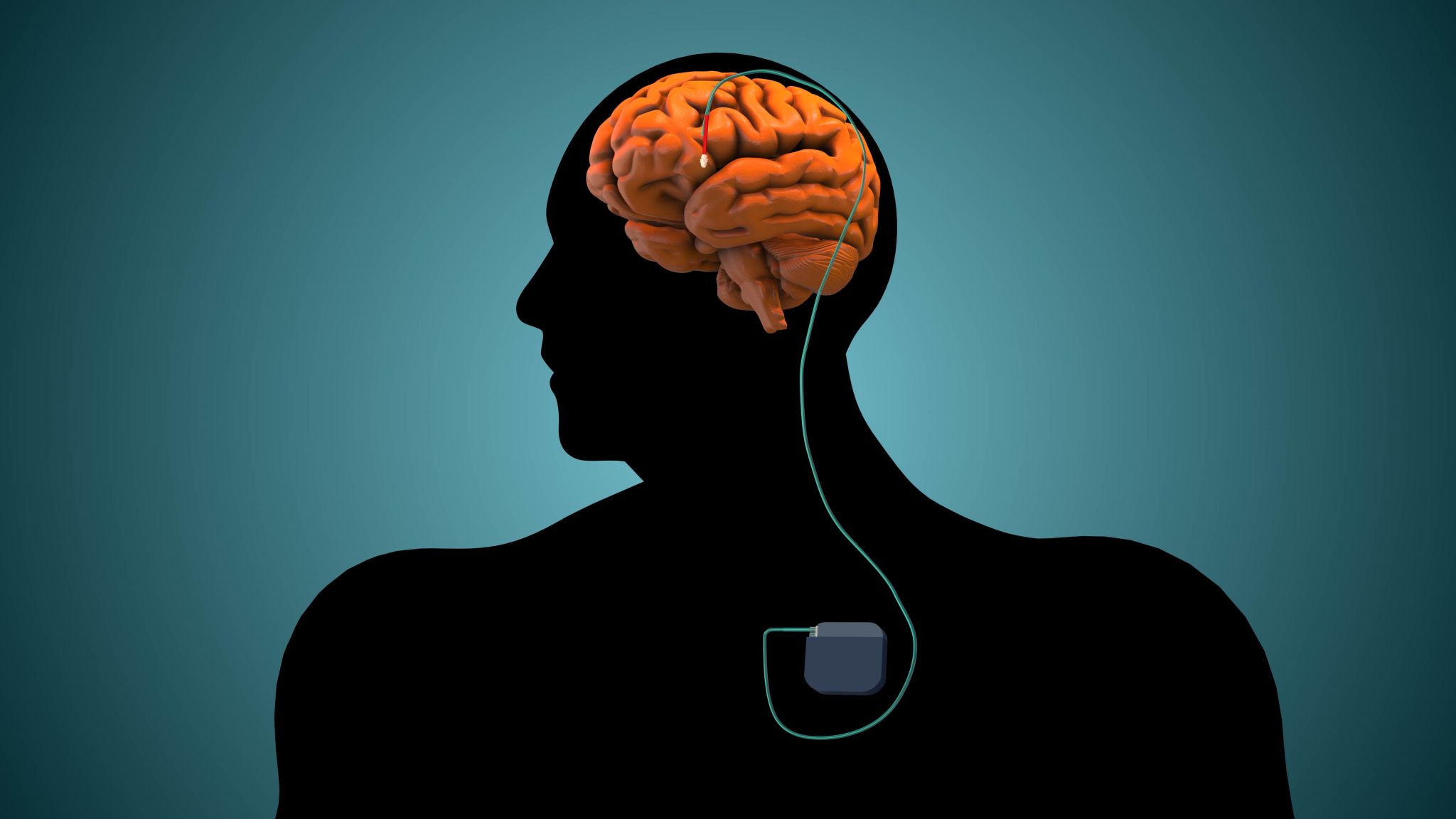The Science Behind Brain Stimulation Sessions for Enhanced Well-being
Understanding Brain Stimulation
Brain stimulation has become an increasingly popular method for enhancing well-being, offering a non-invasive approach to boost mental health. At its core, brain stimulation involves the use of electric or magnetic fields to stimulate neural activity, aiming to improve cognitive functions, mood, and overall mental health.
There are several techniques employed in brain stimulation, such as Transcranial Magnetic Stimulation (TMS) and Transcranial Direct Current Stimulation (tDCS). These methods have shown promising results in treating conditions like depression, anxiety, and even chronic pain.

The Science of Neural Activation
The science behind brain stimulation is rooted in the understanding of neural circuits and their influence on behavior and cognition. By targeting specific areas of the brain, these techniques can modulate neural activity, leading to improved brain function. This process involves activating or suppressing neurons, thereby altering the brain's communication pathways.
Research has demonstrated that regular brain stimulation sessions can lead to long-term changes in neural plasticity. This phenomenon refers to the brain's ability to reorganize itself by forming new neural connections in response to learning or experience.
Benefits of Brain Stimulation
One of the most significant benefits of brain stimulation is its potential to treat mental health conditions. Studies have shown that these sessions can alleviate symptoms of depression and anxiety by balancing neurotransmitter levels in the brain.

Beyond mental health treatment, brain stimulation is also gaining attention for its role in cognitive enhancement. For individuals seeking to improve focus, memory, and problem-solving skills, brain stimulation offers a promising avenue for development. Some key benefits include:
- Improved mood regulation
- Enhanced cognitive performance
- Reduced symptoms of neurological disorders
Applications in Everyday Life
The applications of brain stimulation extend beyond clinical settings into everyday life. Many individuals are now exploring these techniques as part of their wellness routines to enhance productivity and mental clarity. Whether it's for academic purposes or professional advancement, brain stimulation can provide a competitive edge.

Moreover, athletes and performers are utilizing brain stimulation to optimize performance. By targeting brain regions responsible for motor skills and coordination, these sessions can lead to improved physical and mental performance.
Future Prospects
The future of brain stimulation looks promising as research continues to uncover new applications and refine existing methods. As technology advances, we can expect more personalized approaches that cater to individual needs, maximizing the benefits of brain stimulation.
While the field is still evolving, the potential for brain stimulation to transform mental health care and cognitive enhancement is undeniable. As we learn more about the brain's complexities, these techniques will likely become integral to maintaining and improving well-being in our fast-paced world.
